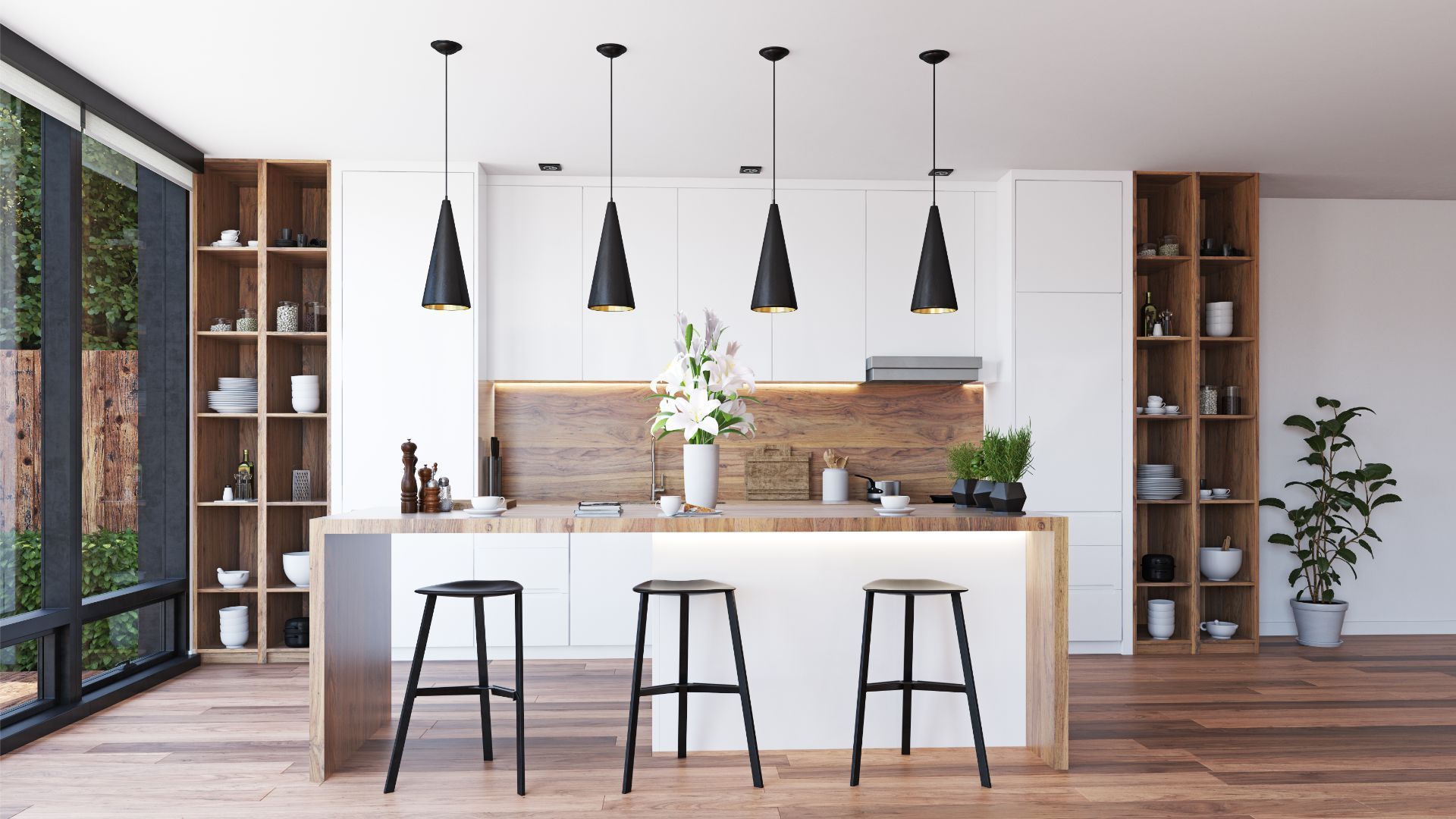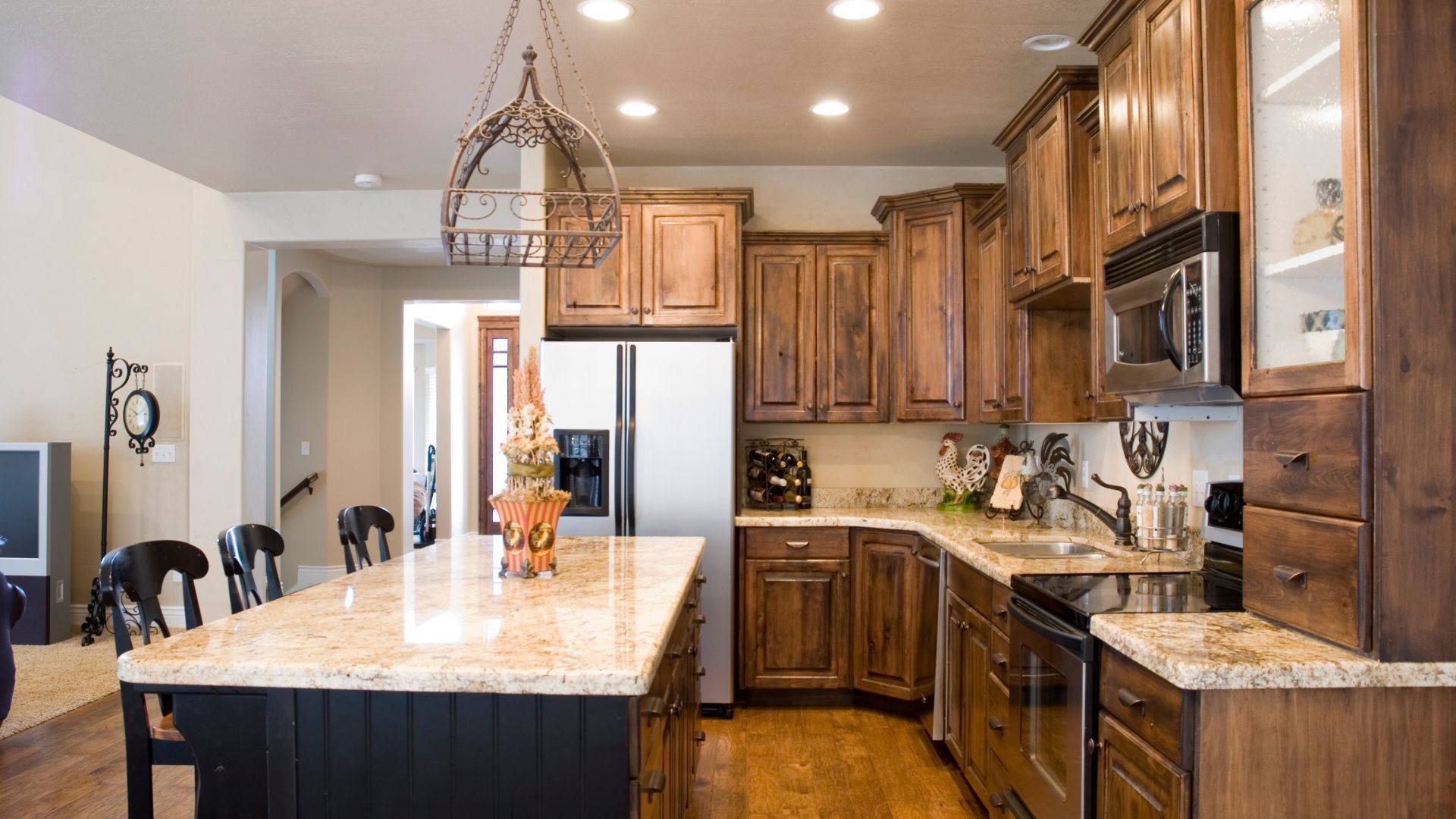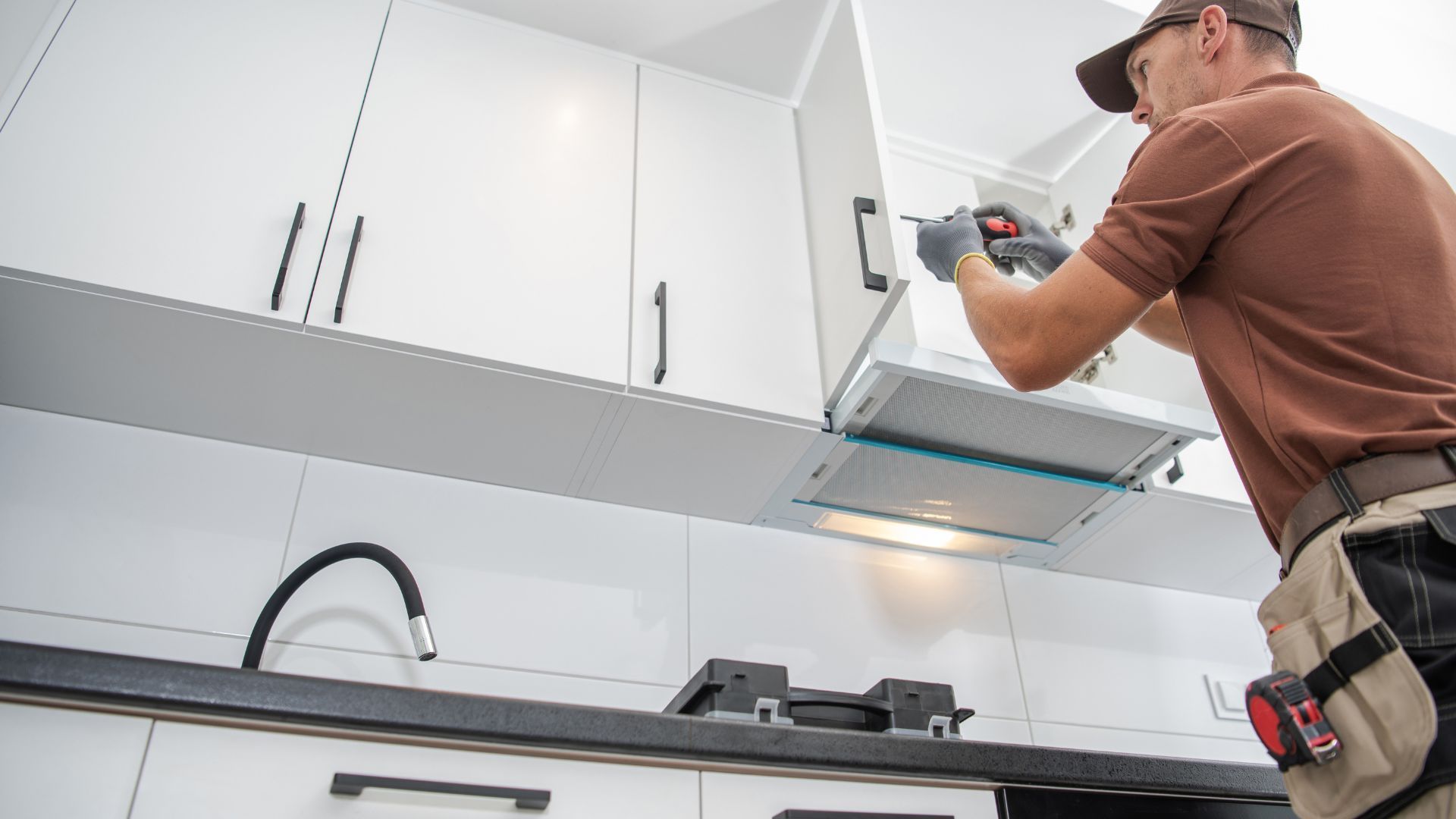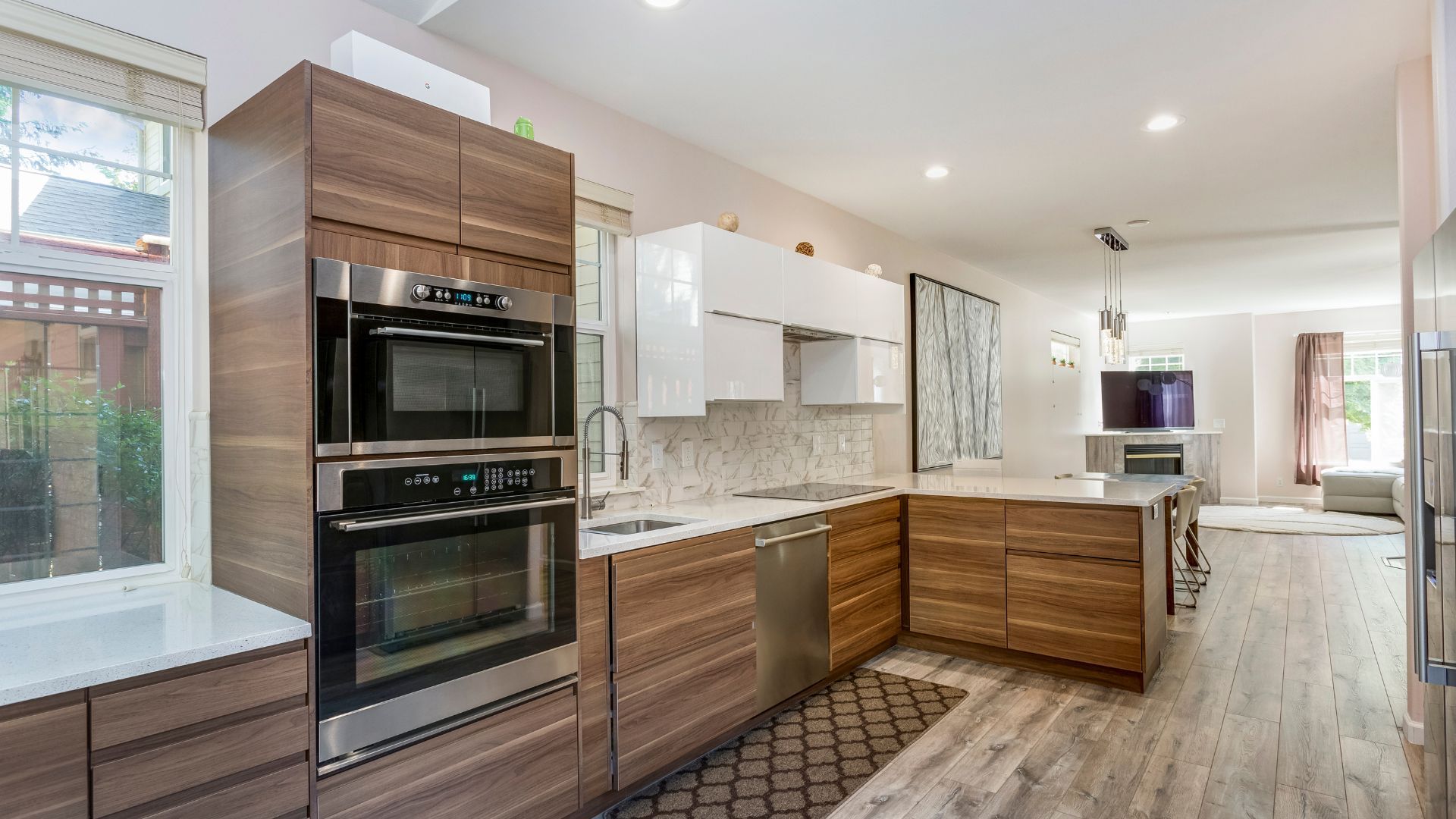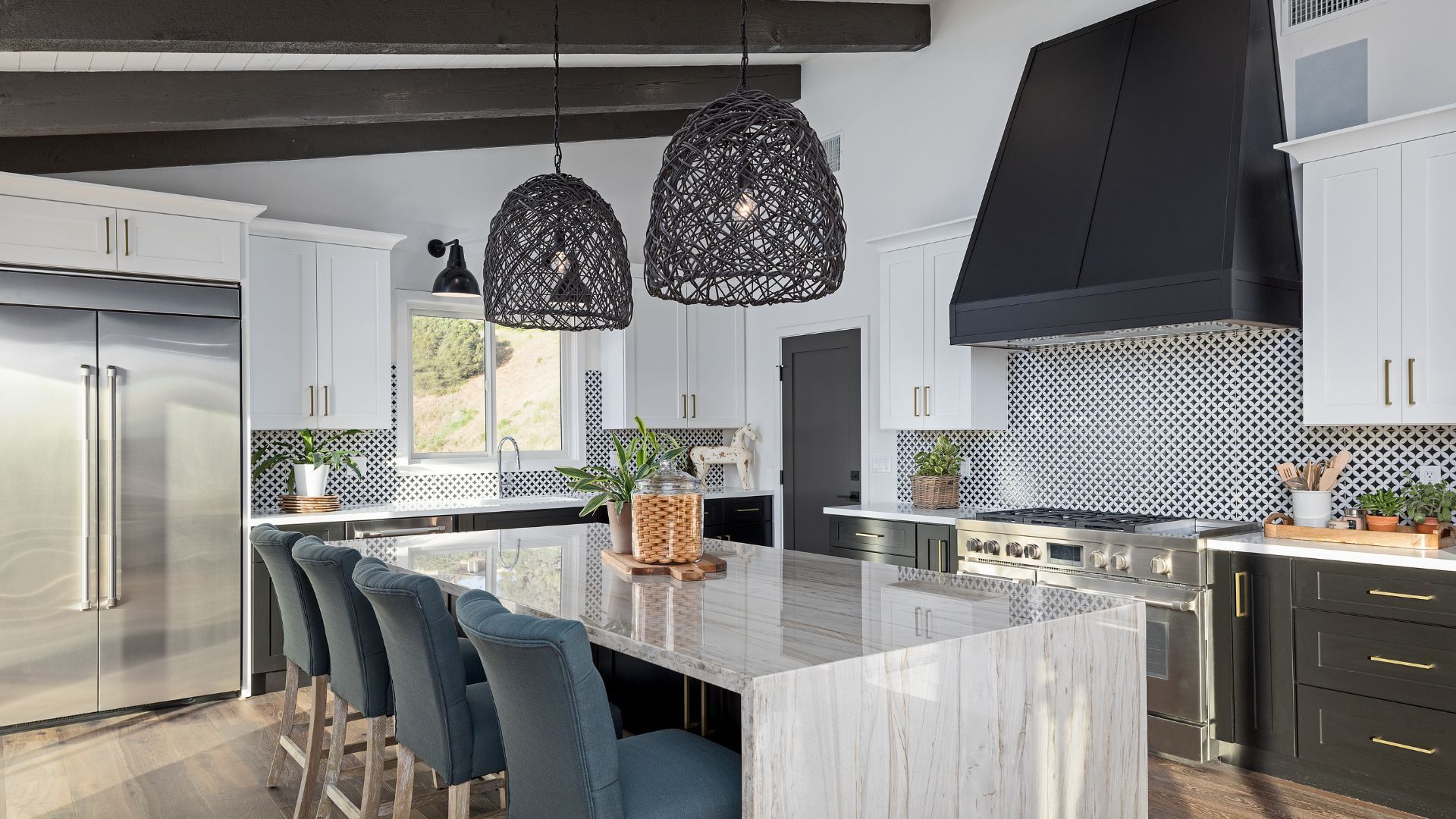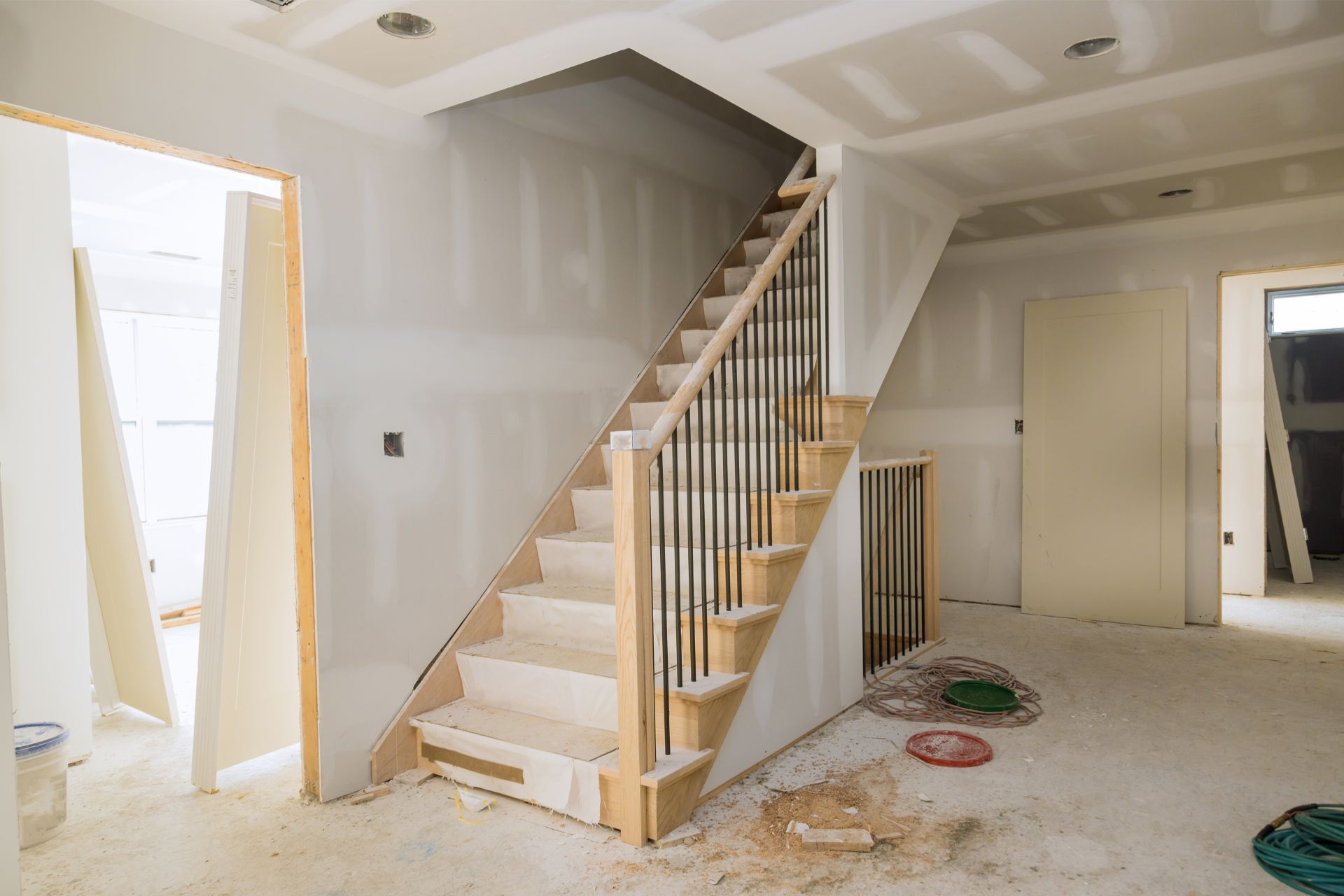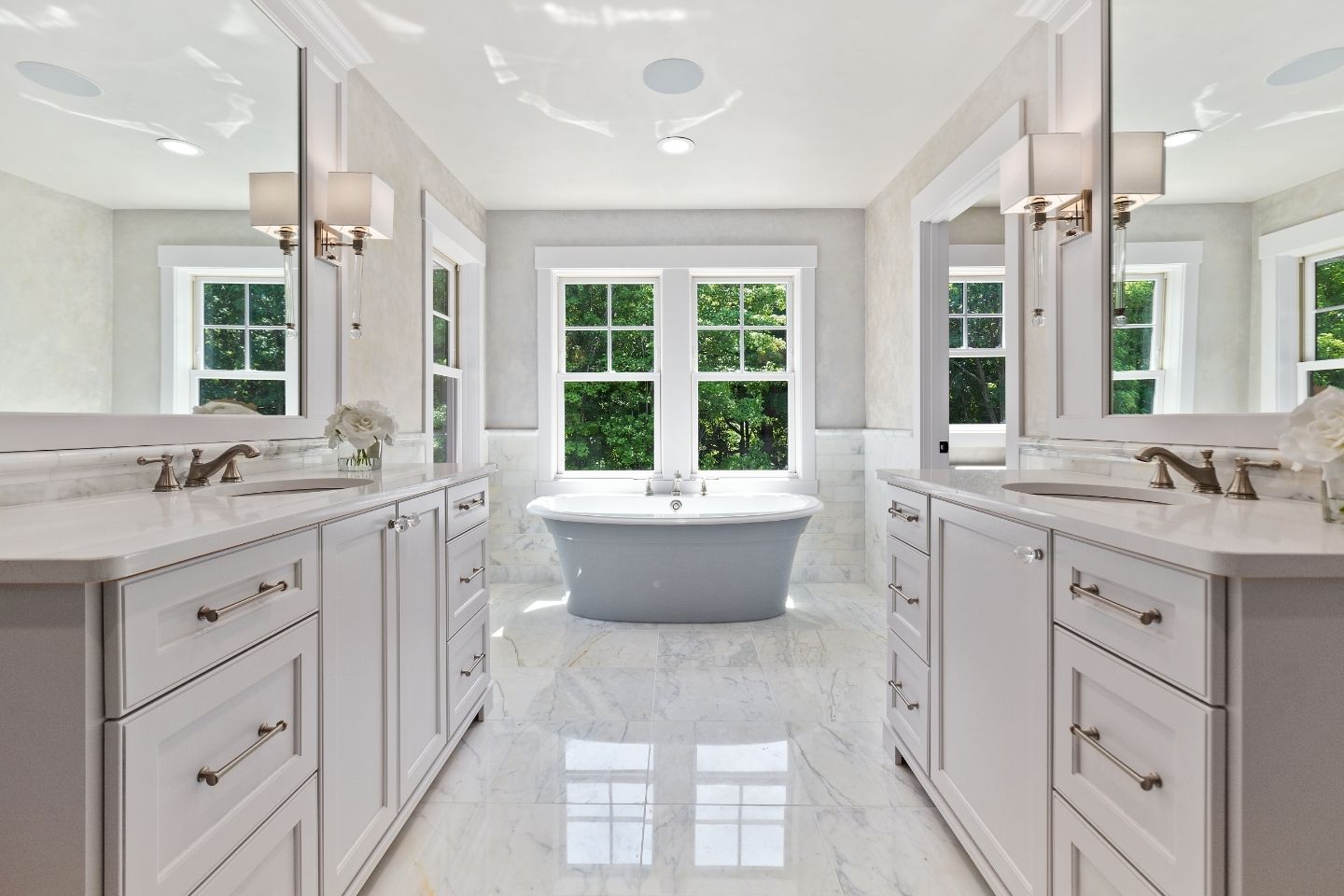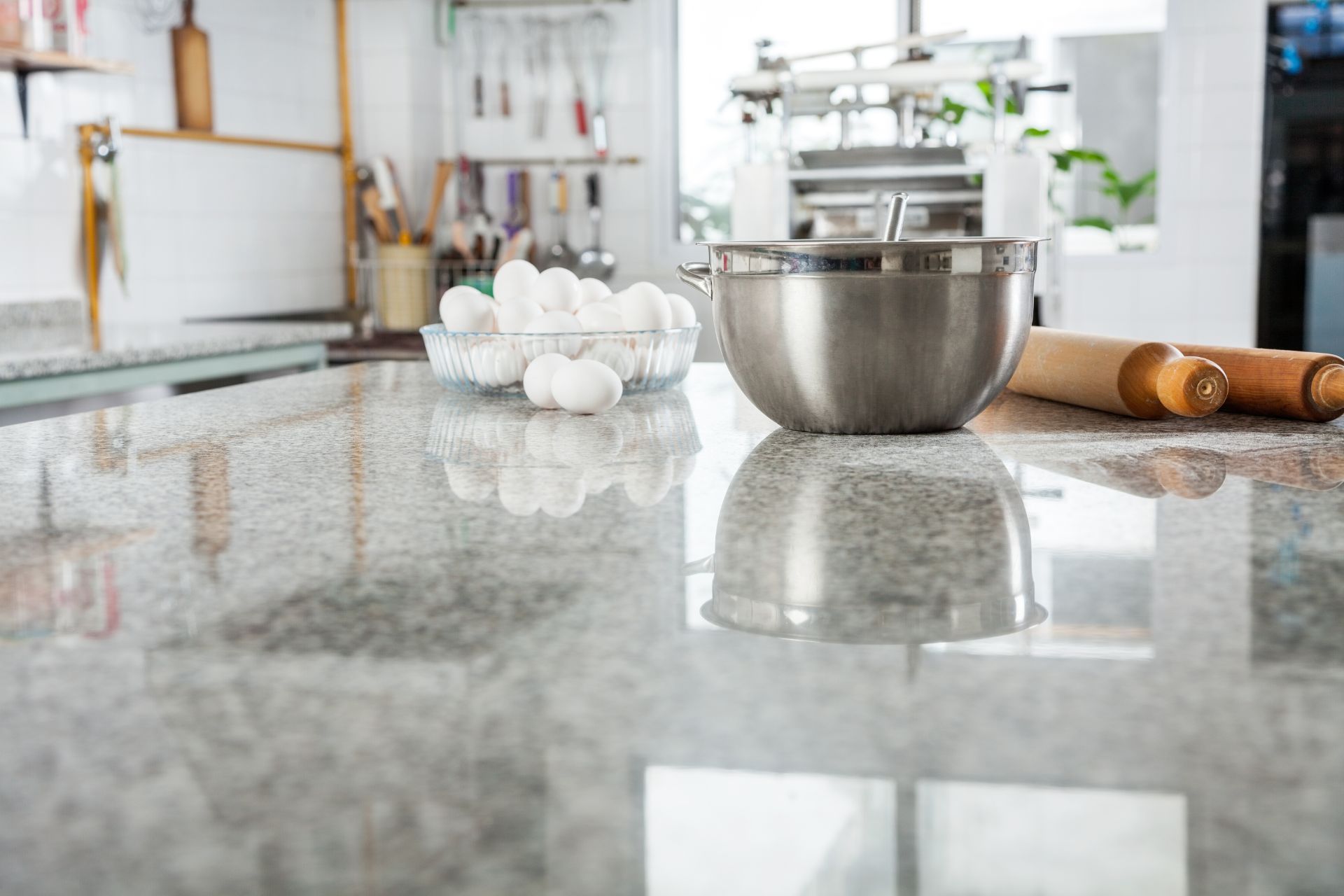Key Considerations Before Installing a Bathroom Sink
Sink Installation Success: Key Considerations Before Adding a Bathroom Sink
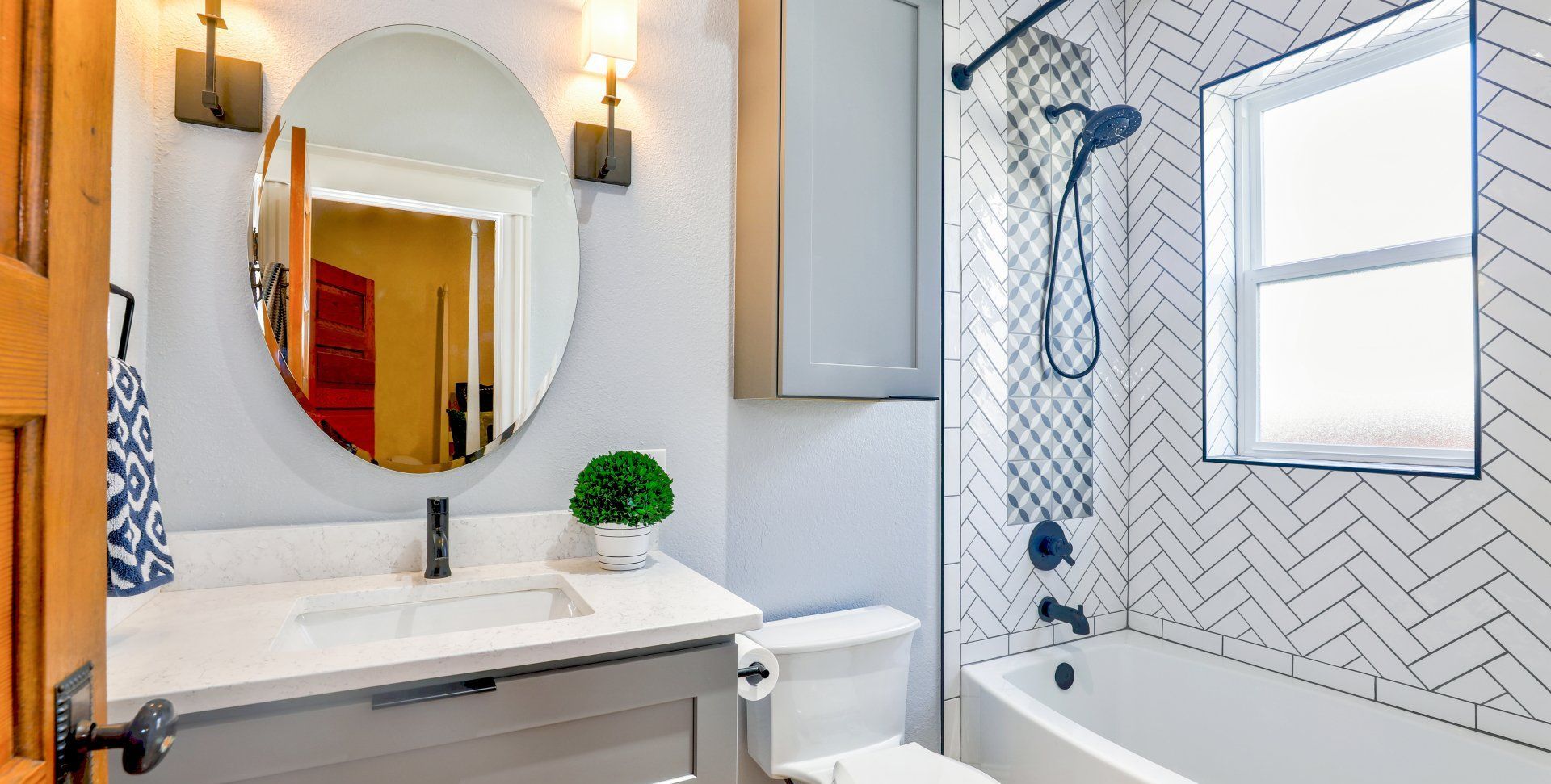
The bathroom sink – is a modest yet vital fixture that plays a pivotal role in daily hygiene rituals and adds a touch of style to your space. But before you dive headfirst into sink installation, several important factors must be weighed. From practical considerations to aesthetic choices, your decision can impact your bathroom's functionality and overall look. So, let's step back and explore the essential things to consider before installing a bathroom sink.
1. Plumbing Practicalities: Location and Connections
One of the first things to ponder is the location of your sink. Consider the existing plumbing lines and whether the sink can be conveniently connected. Moving plumbing can be costly and time-consuming, so opting for a spot near existing connections can save time and money.
2. Sink Style and Size: The Aesthetic Angle
Bathroom sinks come in an array of styles, shapes, and sizes. Are you envisioning a sleek modern basin, a classic pedestal sink, or a space-saving wall-mounted option? Consider the overall theme of your bathroom and how the sink will complement other fixtures and decor elements.
3. Countertop Compatibility: Material and Fit
If you're installing a vanity sink, the countertop material is crucial. Each material offers distinct durability, maintenance, and aesthetic benefits, from granite to quartz and everything in between. Ensure the sink and countertop dimensions match seamlessly to prevent installation headaches.
4. Faucet Features: Single or Double?
The faucet you choose can enhance both functionality and style. Decide whether you prefer a single-handle faucet controlling hot and cold water or a double-handle option for a more traditional look. Additionally, the faucet's height and reach should be proportionate to the sink size and available space.
5. Storage Solutions: Cabinets and Shelves
Under-sink storage is often an overlooked aspect. If your sink is part of a vanity, ensure the cabinet offers ample space to store bathroom essentials like towels, toiletries, and cleaning supplies. If your sink is wall-mounted, consider installing shelves nearby for storage convenience.
6. Mounting Methods: Wall or Vanity?
Choosing between a wall-mounted or vanity sink depends on your space and design preferences. Wall-mounted sinks create a sleek, minimalist look while maximizing floor space. Vanity sinks offer built-in storage options but may require additional cleaning around the sink's base.
7. Accessibility and Height: Ergonomics Matter
The height you install the sink matters more than you might think. The sink should be comfortable for most users, with the rim typically positioned around 32 to 36 inches from the floor. Consider the height of your family members and potential future users when determining the optimal height.
8. Budget Breakdown: Costs and Investments
Installing a bathroom sink involves costs beyond just the sink itself. Remember to factor in expenses for plumbing work, faucet installation, additional fixtures, and any modifications required. Setting a clear budget can help you make informed decisions and prevent overspending.
9. DIY or Professional Help: Skill Level
While some sink installations might seem straightforward, assessing your skills and experience is important. More complex installations, such as moving plumbing lines or handling countertop materials like granite, may require professional assistance to ensure a successful outcome.
10. Local Regulations: Codes and Permits
Lastly, don't forget to check local building codes and regulations before starting any plumbing work. Depending on your area, you may need permits or inspections to ensure your installation meets safety and quality standards.
In Conclusion
Installing a bathroom sink involves carefully balancing practical considerations and design choices. From plumbing logistics to style preferences, each decision plays a role in creating a functional and visually appealing bathroom. By weighing these considerations, you can confidently embark on your sink installation project, knowing that your bathroom will soon be transformed into a space that seamlessly blends functionality and style.
Navigation
Service Areas
All Rights Reserved | Bulldog Kitchen Remodeling
*This website is for lead generation purposes only*


